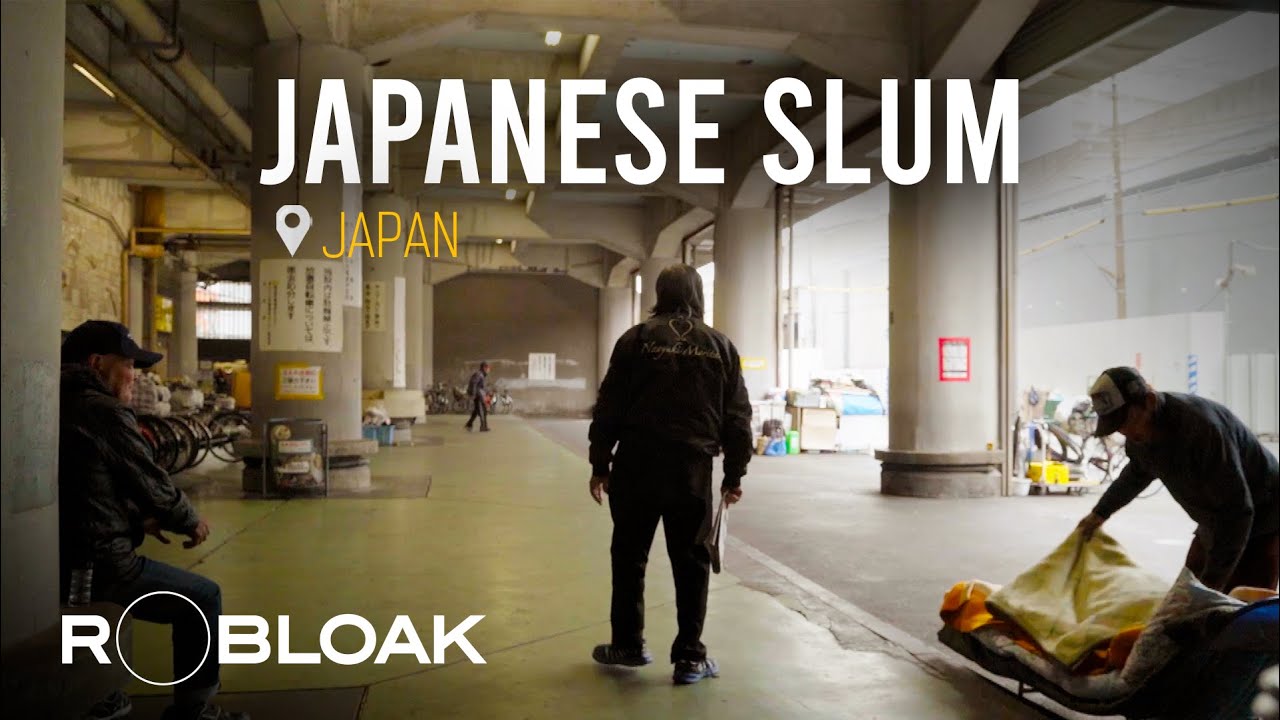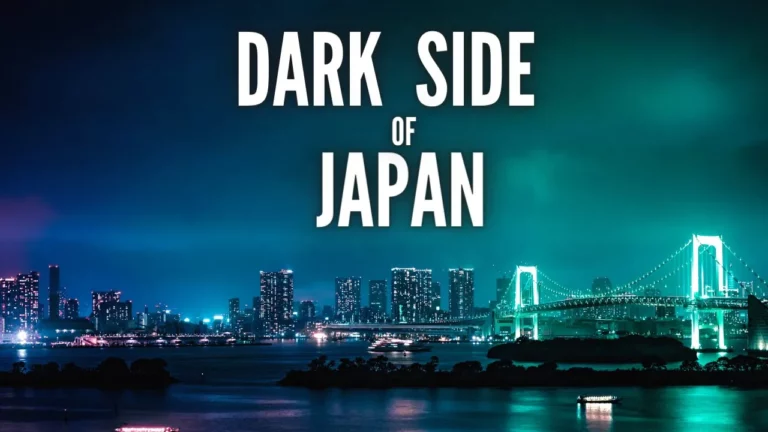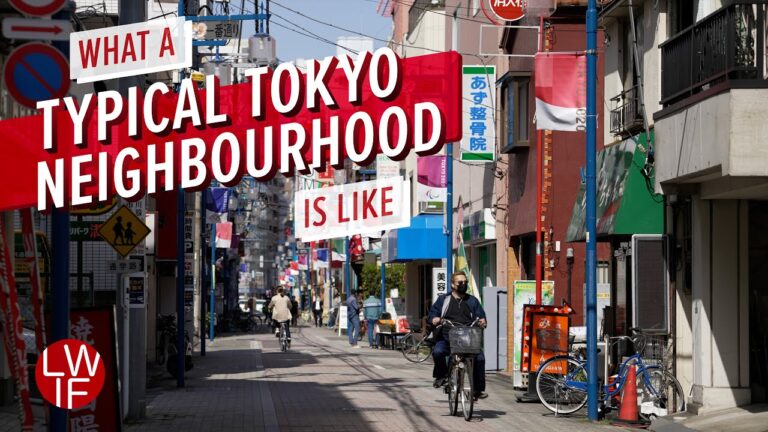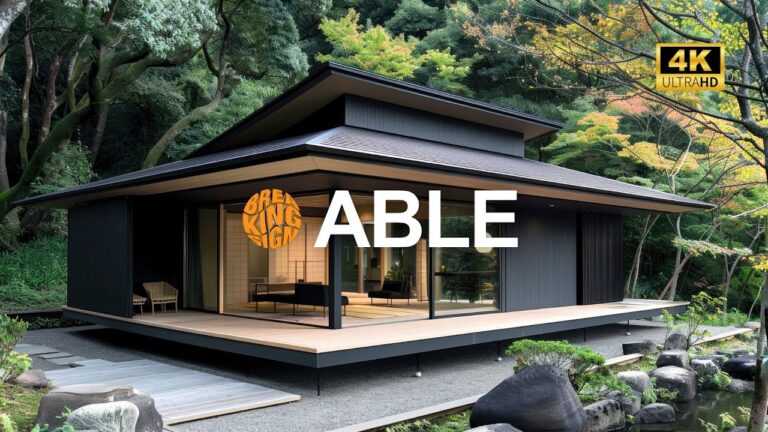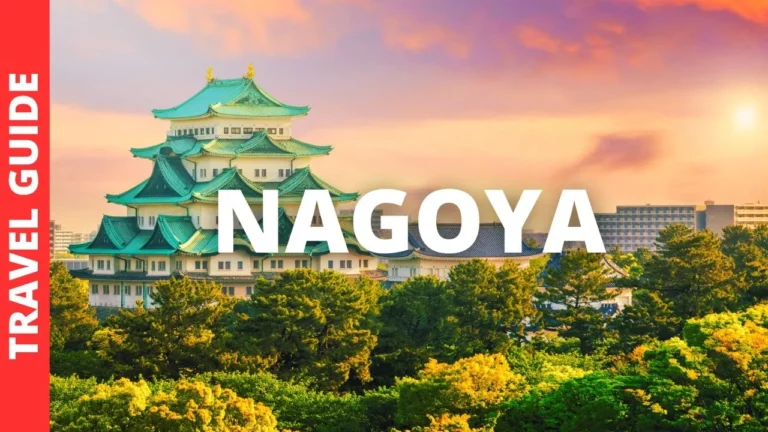Japan, known for its disciplined and clean image, conceals a lesser-known side within its modern cities. Kamagasaki, located in Osaka, offers a glimpse into a unique community that stands in contrast to the country’s typical portrayal. While Japan’s homeless population is relatively small compared to other developed nations, areas like Kamagasaki provide shelter to individuals without permanent housing.
In Kamagasaki, the streets are lined with old yet well-maintained houses and shops, creating a distinct atmosphere. The residents, predominantly elderly and middle-aged men, gather to socialize and seek solace in shared moments over beverages like beer or sake. Despite the challenges they face, there is a sense of pride among the community members, stemming from their past contributions to Japan’s economic growth.
Originally established as a residential area for construction workers during Japan’s economic boom, Kamagasaki has evolved into a sanctuary for those marginalized by society. The residents, ranging from retirees to unemployed individuals, grapple with finding stability amidst economic uncertainties. Life in Kamagasaki revolves around daily routines, camaraderie, and moments of respite, often found in interactions at street corners or makeshift shelters.
While Kamagasaki remains largely unrecognized on official maps, it serves as a vital space for individuals who have weathered life’s storms. The transient nature of the population, coupled with ongoing economic challenges, underscores the resilience and pride that define the community’s spirit. Despite facing societal neglect and economic downturns, the residents of Kamagasaki uphold a sense of dignity, reflecting on their past roles in shaping Japan’s prosperity.
Through understanding the hidden community of Kamagasaki, we gain insight into a lesser-explored facet of Japan’s societal landscape. It serves as a reminder of the multifaceted nature of urban life, encompassing both prosperity and adversity within the shadows of a bustling cityscape. While Kamagasaki may not align with conventional perceptions of Japan, its residents’ unwavering resilience and sense of identity offer a profound narrative of human perseverance amidst shifting tides of modernity.
